Induction hardening or inductive hardening
Induction hardening is a type of surface hardening in which a metal part is induction-heated and then quenched.
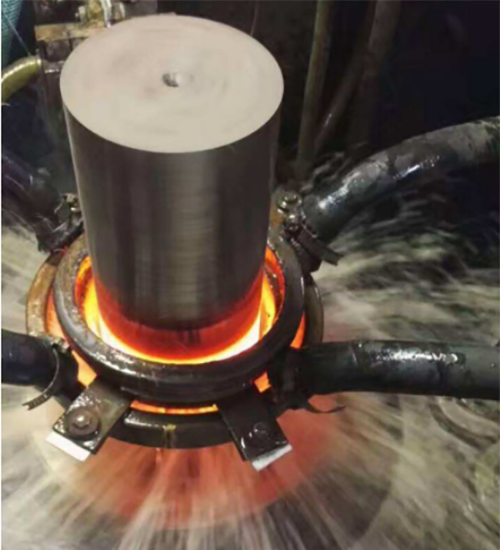
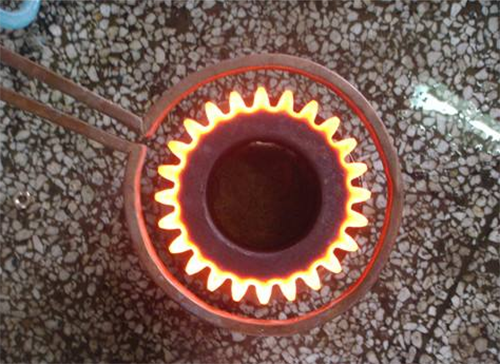
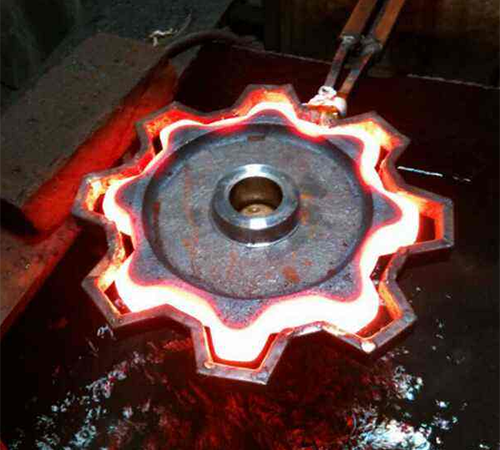
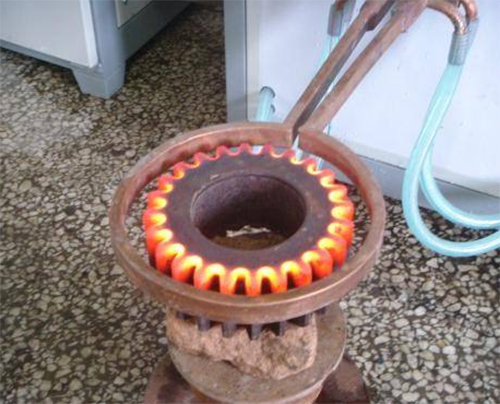
Advantages of induction hardening:
1. The heat source is on the surface of the workpiece, the heating speed is fast, and the thermal efficiency is high.
2. Because the workpiece is not heated as a whole, the deformation is small.
3. The heating time of the workpiece is short, and the amount of surface oxidation and decarburization is small.
4. The surface hardness of the workpiece is high, the notch sensitivity is small, and the impact toughness, fatigue strength and wear resistance are greatly improved. It is beneficial to develop the potential of materials, save material consumption, and improve the service life of parts.
5. The equipment is compact, easy to use and good working conditions.
6. Ease of mechanization and automation.
7. Not only used in surface quenching but also in penetration heating and chemical heat treatment.
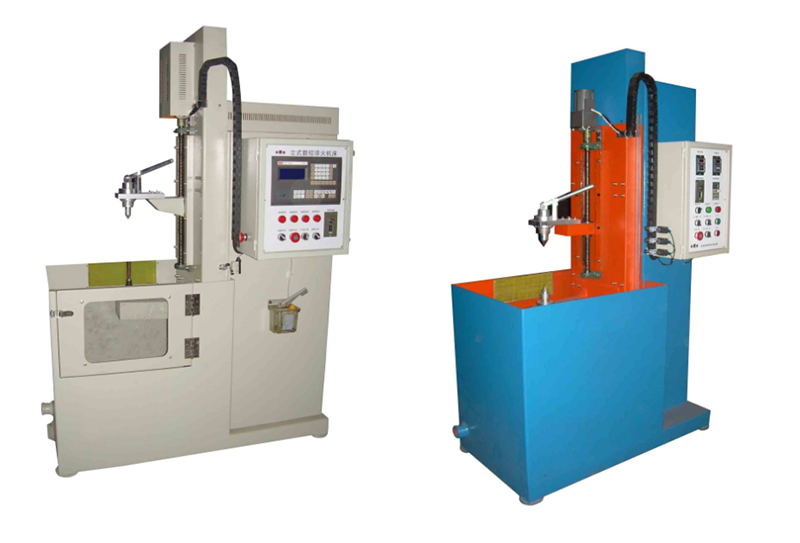
Induction hardening equipment is generally an induction hardening machine tool, which consists of an induction power supply, a load line, a capacitor, a transformer, an inductor, and a machine tool.
- Pre: Null
- Next: Induction Brazing
 English
English Español
Español Русский
Русский Français
Français